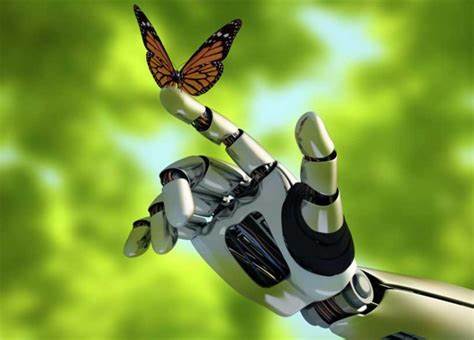In today’s fast-changing world of technology, artificial intelligence (AI) is seen as both a big help and a big problem for our planet. The big question is: Can AI, which uses a lot of energy, really save us, or is it causing big damage to the environment without us knowing?

As AI becomes more common in our lives, from handy digital assistants to self-driving cars, people worry about how much energy these AI systems consume. Making and running AI needs a lot of electricity, which leads to environmental pollution from carbon emissions.
On one hand, AI can help with big problems like climate change. AI can make better predictions about the weather and climate, so people can make smarter choices.
Check out our text to audio feature now
Also, AI can help us use energy and resources better, like smart power grids and efficient farming. It can solve everyday environmental problems.
Making and using big AI models leads to so much energy usage. For example, training just one big AI model can make as much pollution as five cars in their whole life.
Give VidAU’s TikTok AI a trial today
Importantly, making and disposing of AI hardware adds to the big pile of electronic waste and hurts the environment more. As AI gets more popular, it uses up more resources and causes more pollution.
To fix these problems, initiatives are underway to create more energy-efficient AI algorithms and hardware. Researchers are exploring ideas like making AI models simpler and making AI parts that use less energy.
VidAU is creating spectacles with its AI tools. TRY IT HERE
It’s important to know that people are starting to use more renewable energy, like solar and wind power, to run AI systems. Big tech companies like Google and Microsoft are promising to use only renewable energy for their big computer centers, which sets a good example for others in the industry.
In the end, whether AI helps us or hurts us depends on if we can use it efficiently without hurting the environment. By making AI in a way that’s good for the environment, we can make a better future for everyone.





